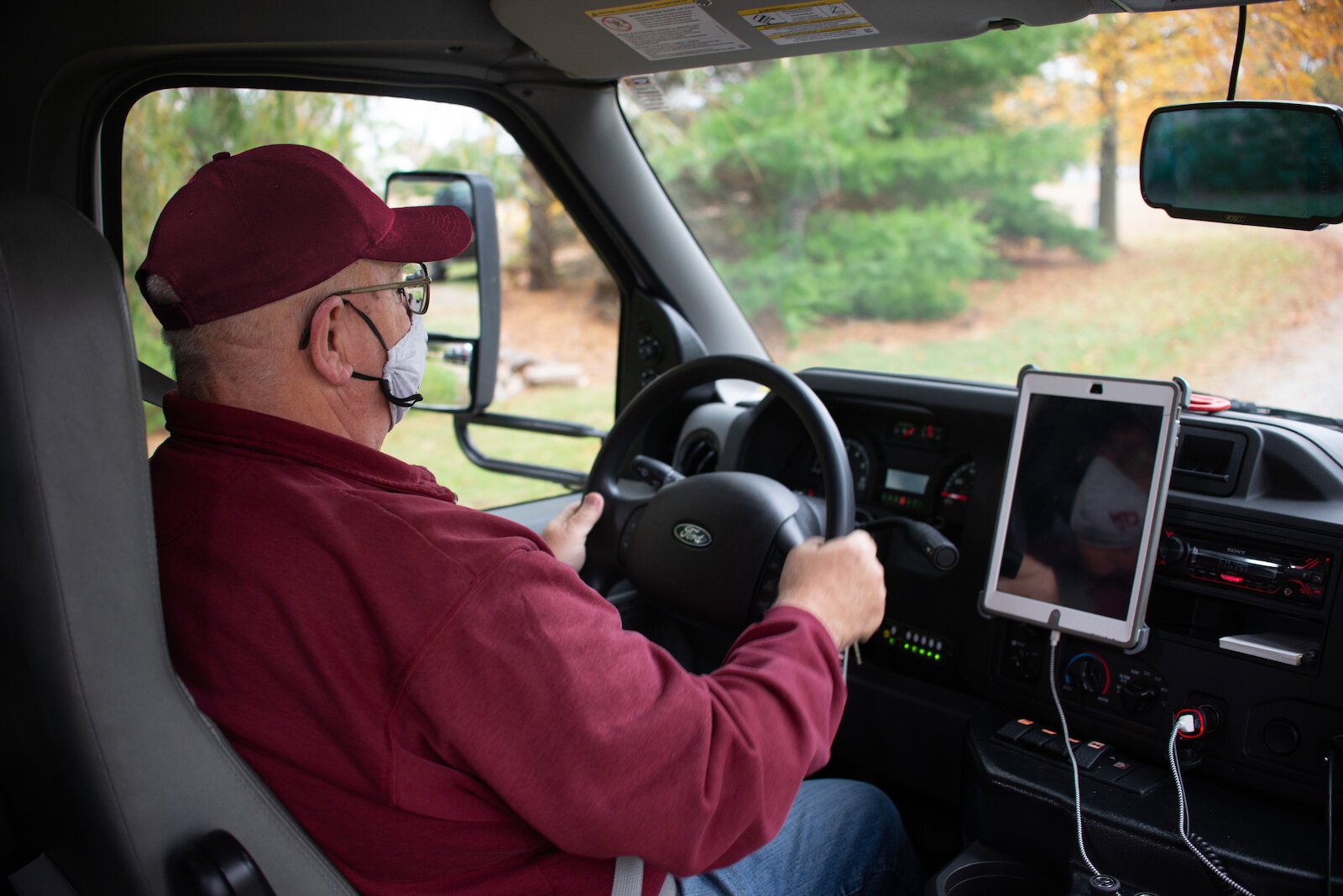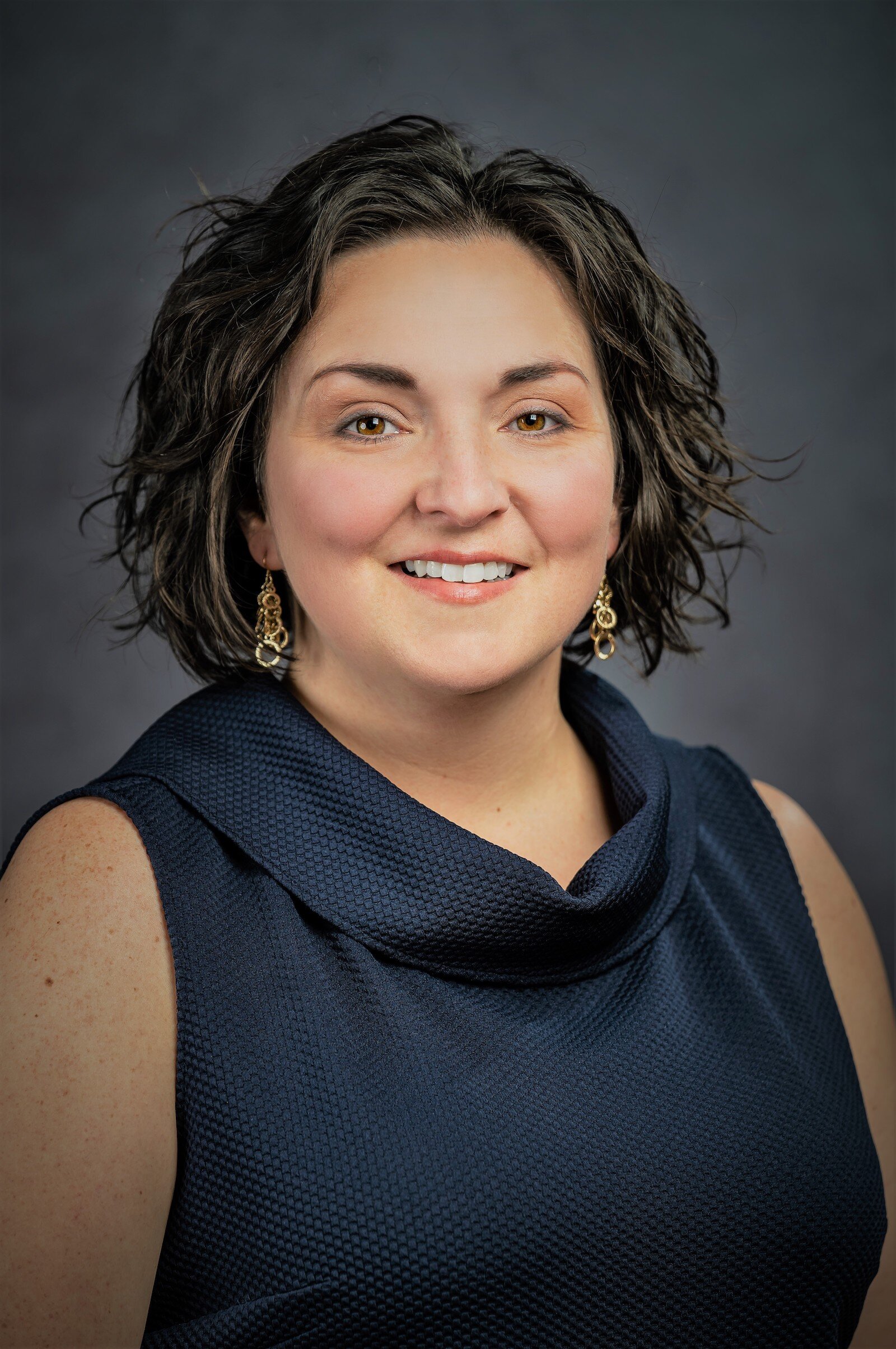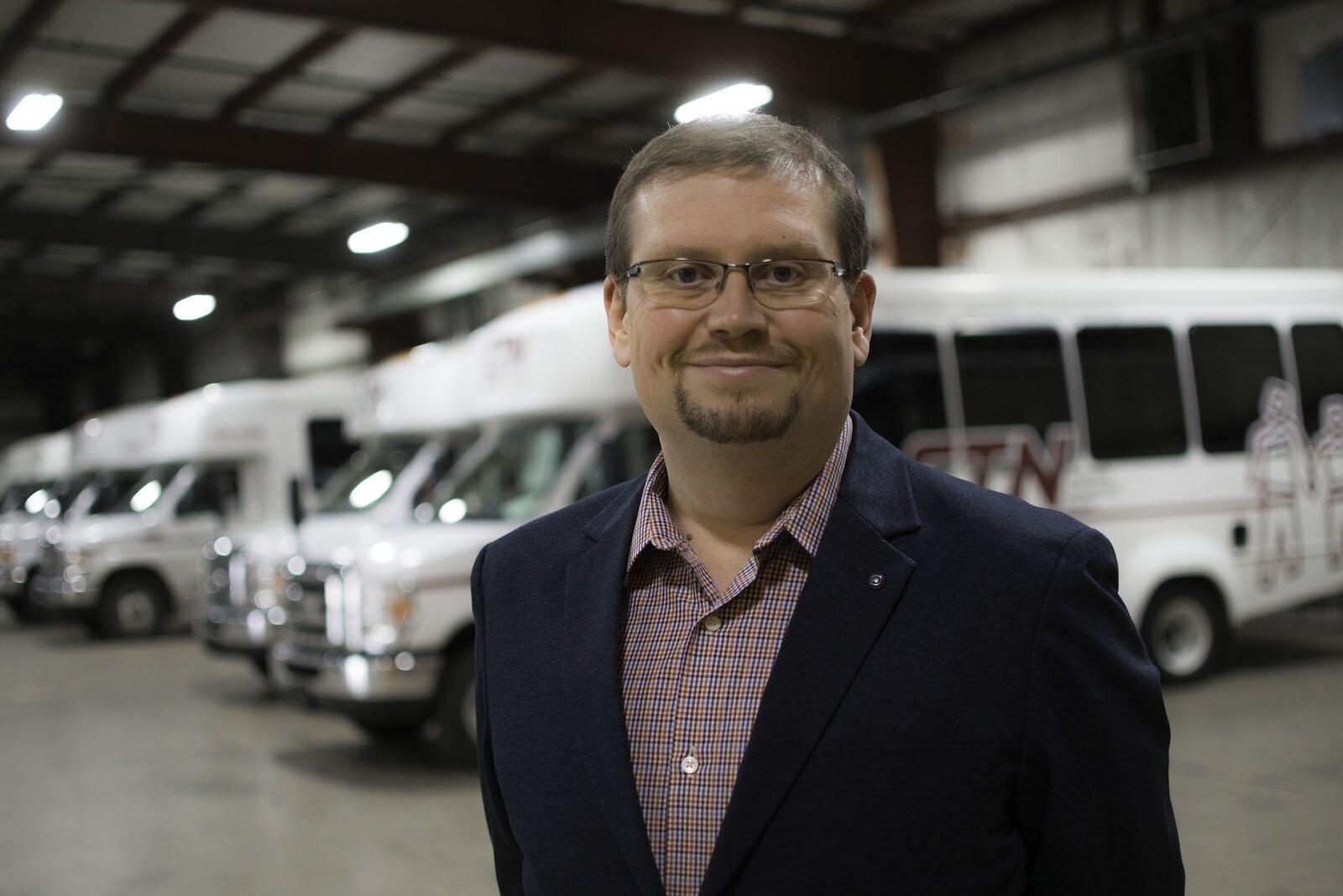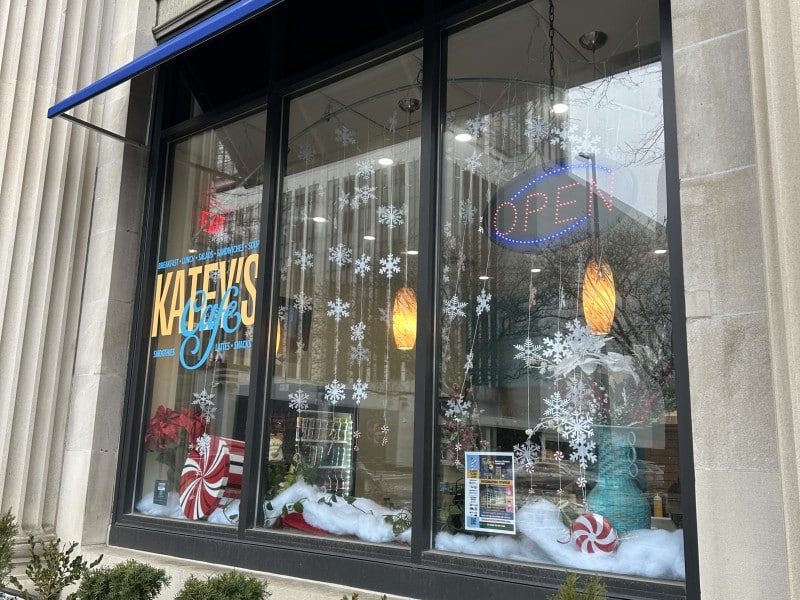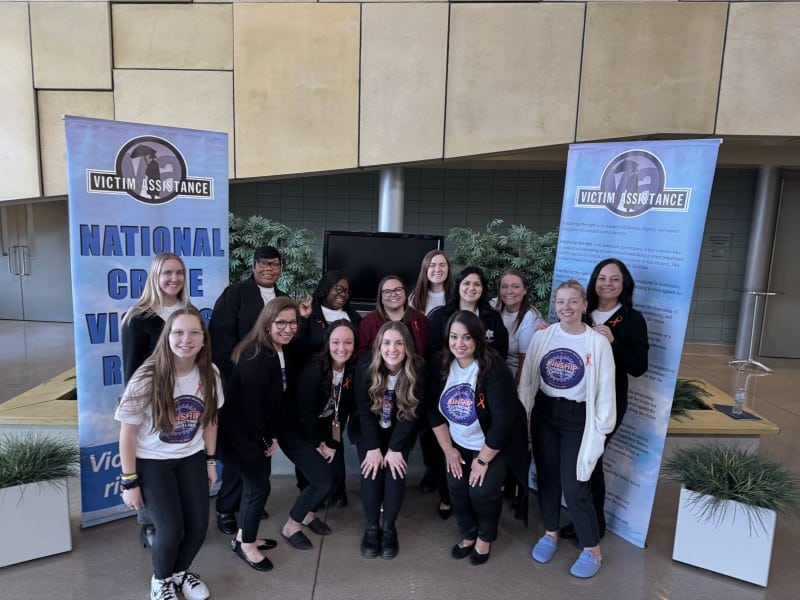10 proposed solutions to address transportation barriers in Northeast Indiana
“Understanding transportation gaps in all of Northeast Indiana is crucial. In smaller organizations, we have limited resources. No individual system could have gleaned this kind of information. This report gives us important county- and region-specific data that will help us work together to meet the needs of our communities and our riders.”
More than 25 years ago, an assessment of the transportation gaps in Allen County led to the creation of the Community Transportation Network (CTN), a nonprofit service dedicated to providing transportation services for seniors, people with disabilities, children, youth, and the agencies that support them. Since its official establishment in 2000, CTN has been serving the people of Allen County and Fort Wayne—but local leaders know that critical transportation barriers still exist, keeping community members from meeting important needs.
Last year, CTN commissioned another study of transportation gaps to see how the needs had changed since 2000—but this time the study covered all 11 counties that make up Northeast Indiana: Adams, Allen, DeKalb, Huntington, Kosciusko, LaGrange, Noble, Steuben, Wabash, Wells, and Whitley.
Through the assessment, regional leaders hoped to gain insight into what kinds of transportation needs exist, how those needs differ in urban and rural areas, what populations are most affected, how to address current transportation gaps, and more. CTN, with the help of more than 15 transportation providers and more than 25 supporting organizations, commissioned the study from professional transit consultants.
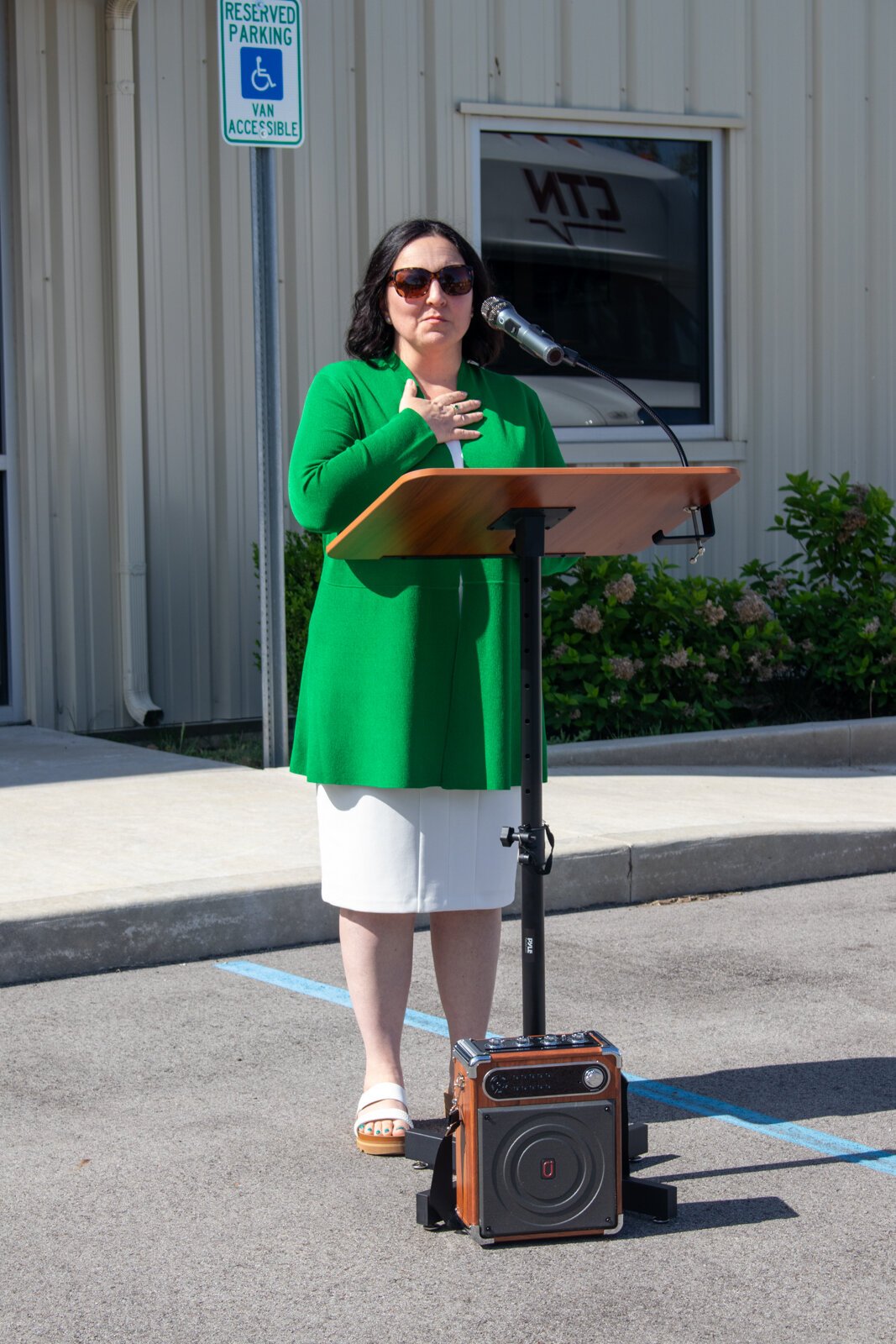
Leslie Blakley, executive director of Whitley County Council on Aging and Whitley County Transit, at the press conference announcing the final report from the transit assessment.
“Understanding transportation gaps in all of Northeast Indiana is crucial,” said Leslie Blakley, executive director of Whitley County Council on Aging and Whitley County Transit. “In smaller organizations, we have limited resources. No individual system could have gleaned this kind of information. This report gives us important county- and region-specific data that will help us work together to meet the needs of our communities and our riders.”
The early stages: understanding regional needs
Throughout 2023, data was collected and evaluated in various forms to better understand existing transportation options and gaps in all 11 counties of Northeast Indiana.
An inventory of existing resources was taken at the beginning of the study, and it named 16 transportation services across the 11-county region. These organizations include a combination of public, for-profit, and nonprofit entities, including CTN. When combined, the services have just 200 vehicles to serve more than 809,000 people in Northeast Indiana. Of the 16 organizations serving their communities, 10 of them are available to the general public, while the rest are only available to their specific clients—often senior citizens or people with disabilities.
“We started collecting data in May of 2023, and we continued collecting data in some form through October,” said Justin Clupper, executive director of CTN. “We started by conducting surveys, which generated more than 4,000 responses. We also held 11 community meetings [one per county], then moved into targeted focus groups.”
During the community meetings and focus groups, members of the public shared both what is currently working with transportation services in Northeast Indiana and what common barriers exist. Among the positive feedback was the appreciation for existing transportation in all counties and the collaboration of social services organizations to meet the needs of underserved populations.
However, many residents noted the limitations of existing services, citing the lack of cross-county transportation, limited service times, the need for advance scheduling, and more.

A passenger makes their off a CTN bus.
Identifying key patterns and common barriers
Participants identified several common obstacles to using transportation services, including:
- No community/public transportation service available (29 percent of respondents)
- Inconvenient bus schedules/routes (26 percent)
- Cost of bus fare/transportation service (24 percent)
- No wheelchair-accessible vehicle available (24 percent)
Limited access to transportation can lead to long-term ramifications, especially regarding health and wellness. For many people in rural areas, it’s difficult to cross county lines to get medical services because few transportation providers can complete inter-county routes. Some are even limited by state regulations and must remain within their county of service.
“When we reviewed the demographics of survey respondents, we found that 16 percent were over the age of 65, 24 percent had a disability or lived with someone with a disability, and 21 percent were pregnant or had been pregnant in the last 18 months,” says Clupper. “For those three populations, we know transportation is a significant barrier to receiving community and healthcare resources and finding employment and employment training.”
In fact, the assessment also found that 23 percent of respondents will either not schedule or choose to skip healthcare appointments because they can’t find transportation. This information aligned with a national study released by the Robert Wood Johnson Foundation last year, which found that more than one in five adults in the U.S. who don’t have access to transportation will skip needed medical care.
“It was encouraging to see how our data reflected the results of a national study conducted by a trusted source,” says Clupper. “That shows us we got good, needed information from our participants.”
Without transportation, many of the study participants stated they were unable to shop for food or other household needs. They also expressed an inability to complete other simple errands, such as going to the bank or the library. Every barrier to transportation creates a gap in equity in the community, leaving people who can drive their own cars with an advantage that’s inaccessible to people of different ages, abilities, or socioeconomic status.
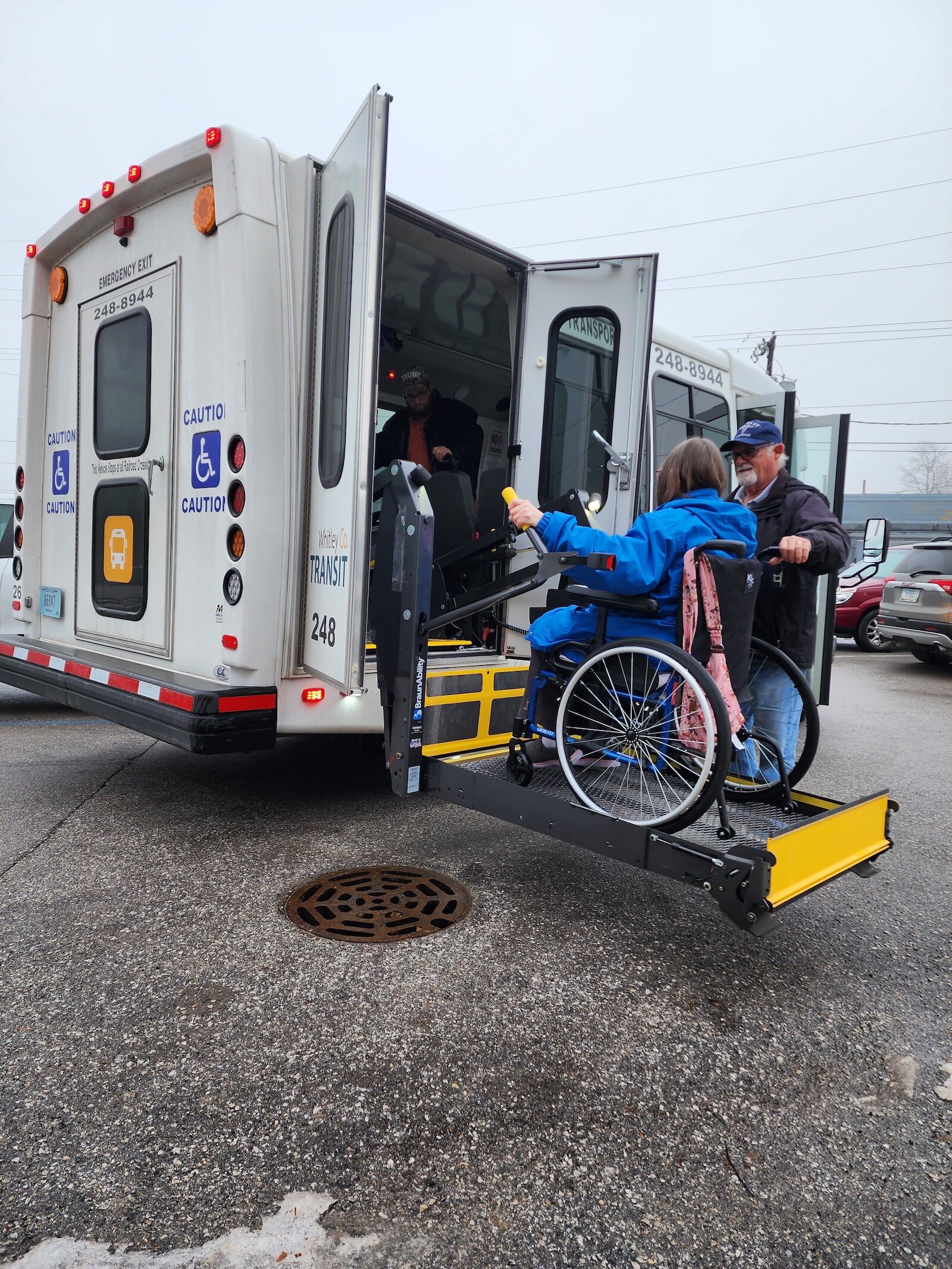
A passenger boards a bus in Whitley County.
The needs assessment allowed participants to share what improvements they hope to see regarding transportation in Northeast Indiana. Popular answers included:
- Cheaper gas (30 percent of respondents)
- Cheaper transportation services, including free or lower-cost bus fares (25 percent)
- Having a more reliable car/truck (22 percent)
- Friends and family more available to drive me (22 percent)
- More bus/public transportation services where I live (22 percent)
Nonprofit leaders who participated in interviews during the study also expressed the need for more affordable and accessible vehicle repair services. Some people who may have the ability to drive a vehicle may find the cost of owning one prohibitive, leading to transportation complications.
Interestingly, even car owners prioritized cheaper transport services as a key solution. This may indicate that people who have vehicles would be more likely to use public transportation if it was more affordable.

Justin Clupper, executive director of CTN, at the press conference announcing the final report from the transit assessment.
Next steps: 10 recommended solutions
Based on the data collected, the consultants contracted by CTN recommended 10 solutions for moving forward. Some recommendations are applicable in all counties of Northeast Indiana, while others focus on specific pain points in individual counties.
1. Implement Rural Public Transportation in the Rural Areas of Allen County
This recommendation encourages CTN to explore the possibility of creating a public transit division, which would operate separately from its existing services. The setup of this operation could be partially funded by grants but would also require local matching initiatives.
2. Kosciusko Area Bus Service Fixed Route
The Kosciusko Area Bus Service currently operates through call-ahead reservations. However, the data collected in the needs assessment found strong evidence that a fixed route and schedule for the bus service could be successful.
3. Regional Scheduling/Dispatching Software Initiative
To improve cross-county transportation, it’s recommended that the rural public transportation systems in Northeast Indiana implement software that provides a comprehensive view of all trips, regardless of organization. This could allow agencies to accept trips outside of their own systems if it fits with their schedule.
4. Assistance for Personal Vehicle Maintenance/Parts
Since the demand for transit currently exceeds the transit structure’s ability to keep up, a program that assists low-income individuals with vehicle repairs could reduce the need for public transit. The program could involve mechanics who volunteer time or offer reduced-price maintenance for the program participants.
5. Regional Carpool/Vanpool Program
A carpool program for second- and third-shift workers could address the transportation demand for people who travel outside of typical service hours. The program would require buy-in from local employers who could help with funding and advertise to their employees.
6. Design a Regional Transportation Network
By building on the relationships established during the transportation assessment, the involved partners can design a transportation network in the 11-county region that benefits the public in both rural and urban areas.
7. Vehicle Sharing Program
Some organizations have vehicles that are only used during specific days and times. By making infrequently used vehicles available for lease by other transit services and organizations, allowing the lessee/renter to serve more people in need of transportation. Costs associated with the program could be included in the rental rate.
8. Increased Non-Emergency Medical Transportation Providers
It is recommended that rural transportation providers in the region develop a list of contractual issues that deter providers from contracting with Non-Emergency Medical Transportation (NEMT) brokers. Then they can recommend and negotiate contract revisions.
9. Increase Participation in Medicaid Family Member and Associate Transportation Provider Program
Gas mileage reimbursement is available for family members or other people who drive Medicaid-eligible clients to their medical appointments, as long as they enroll in Indiana Medicaid by completing the Medicaid Family Member or Associate Transportation Services Form. This is not widely known, so the opportunity should be promoted more intentionally.
10. Establish a Regional Information Campaign to Promote Local and Regional Transportation Services and Initiatives
The assessment identified a gap in awareness of transportation services in the region. To combat this, local transportation providers and organizations should develop a promotion and marketing campaign to increase community outreach and education.
Where do we go from here?
Implementing the recommendations from the assessment will be a community-wide effort. No single organization has the resources to put every solution into action. However, the report is a crucial first step that will lay the groundwork for change in the future.

A CTN bus.
“Public transportation funding from our state and federal government has been very limited,” says Blakley. “We’ve seen little to no increase in funding over the last decade, but our costs during that same time have more than doubled. We can’t continue to meet daily transportation needs without additional funding, and reports like this make it possible for us to show our legislators exactly why that funding is important when we ask for help.”
Across Northeast Indiana, transportation providers and partners will continue to meet and collaborate as they work toward following the recommendations laid out in the transportation needs assessment.
“The big thing we want people to understand about these recommendations is that it takes more than just a single organization to accomplish them,” says Clupper. “Some of the recommendations don’t just involve transportation providers but can be initiatives that communities take on as well—like finding ways to make the cost of owning and repairing a vehicle more manageable. We need to come together to solve these challenges, and it will be a multi-year process.”
With the release of the needs assessment, transportation providers, community leaders, and Northeast Indiana residents have a better idea of the transportation gaps that exist for people in these communities. The gaps cannot be filled in a vacuum, and they won’t be filled in the space of a month or even a year. But the report is the first step to developing the solutions that will create long-term improvement in community health, wellness, and equity.
For more details, read the full Northeast Indiana Regional Transportation Needs Assessment report here.
This article is made possible by support from AARP Indiana.

